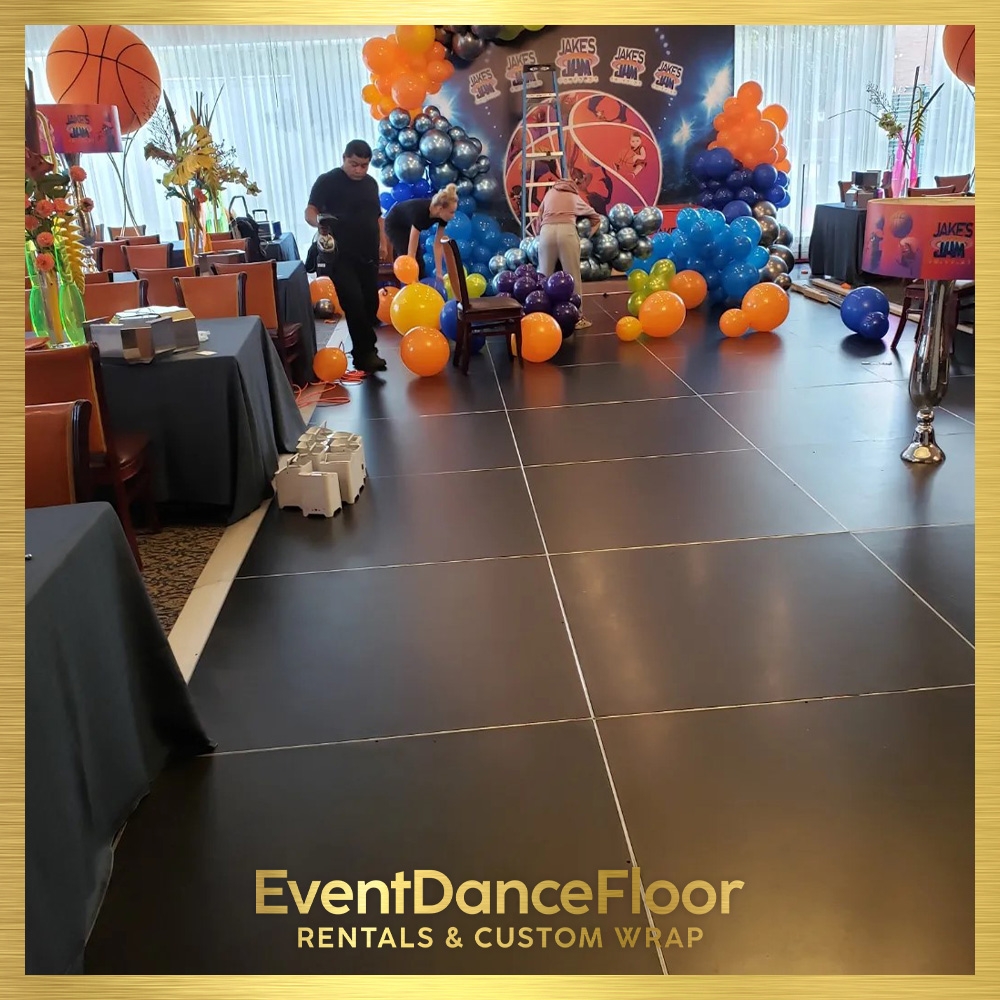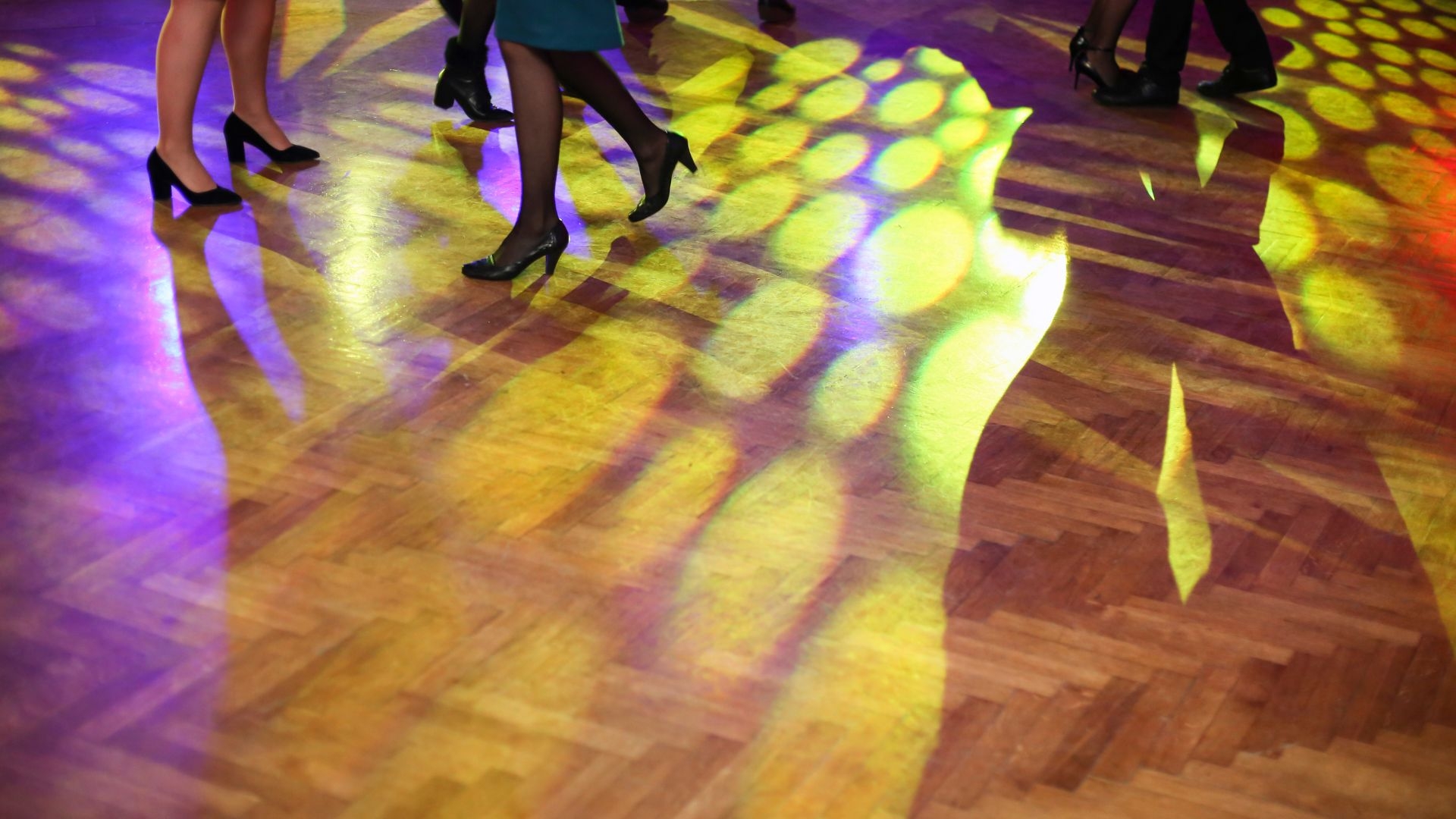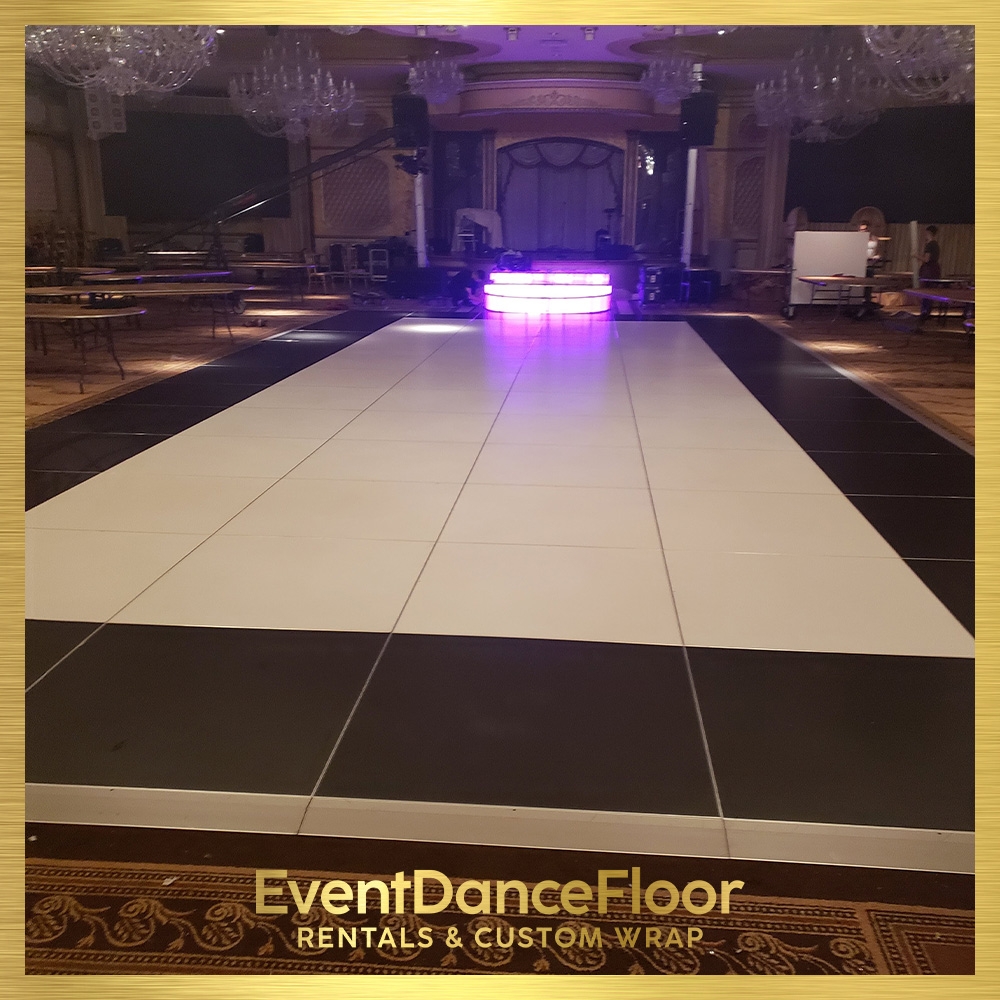Haptic Feedback Dance Surfaces
How do haptic feedback dance surfaces enhance the user's sensory experience during dance performances?
Haptic feedback dance surfaces enhance the user's sensory experience during dance performances by providing tactile feedback that complements the auditory and visual aspects of the performance. These surfaces allow dancers to feel vibrations, textures, and pressure variations, adding a new dimension to their movements and interactions with the dance floor. This sensory feedback can help dancers improve their rhythm, coordination, and overall performance quality.
Augmented Reality Dance Environments






